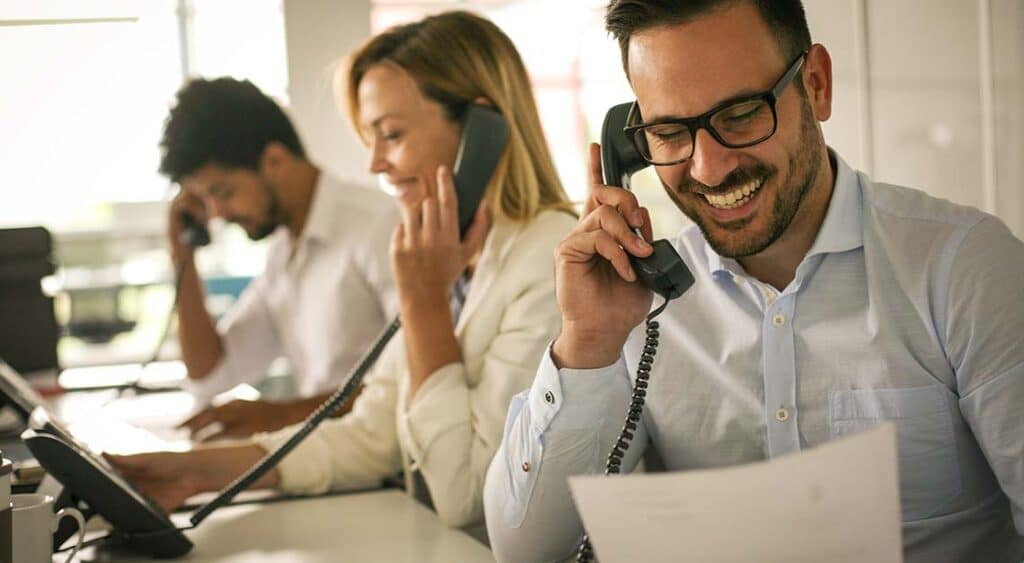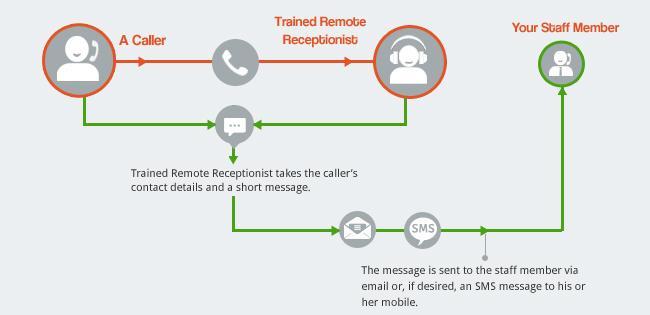All Categories
Featured
Table of Contents
- – What Is The Best Call Service: 24/7 Live Phone ...
- – What Is The Best 4 Different Types Of Business...
- – What Is The Best Live Call Answering - Virtual...
- – What Is The Best Top Answering Service In Aus...
- – Best Call Service: 24/7 Live Phone Answering ...
- – Who Is The Best Answering Service Jobs In Al...
What Is The Best Call Service: 24/7 Live Phone Answering Services For Small ... For Me
This gadget and its followers were developed by Sava Jacobson, an electrical engineer with a private consulting company. While early answering makers used magnetic tape innovation, a lot of contemporary devices uses strong state memory storage; some gadgets use a combination of both, with a solid-state circuit for the outgoing message and a cassette for the incoming messages.
"toll saving" listed below) (local phone answering service). This is useful if the owner is screening calls and does not want to speak with all callers. In any case after going, the calling celebration must be notified about the call having actually been addressed (in many cases this begins the charging), either by some remark of the operator, or by some welcoming message of the little, or resolved to non-human callers (e.
This holds specifically for the Little bits with digitally kept greeting messages or for earlier devices (prior to the rise of microcassettes) with an unique endless loop tape, different from a second cassette, devoted to recording. There have actually been answer-only devices with no recording capabilities, where the welcoming message needed to notify callers of a state of present unattainability, or e (answering service).
What Is The Best 4 Different Types Of Business Phone Answering Services Brand

about accessibility hours. In taping Littles the welcoming usually includes an invitation to leave a message "after the beep". A voice mail that utilizes a microcassette to tape-record messages On a dual-cassette answerphone, there is an outgoing cassette, which after the specified variety of rings plays a pre-recorded message to the caller.

Single-cassette answering makers contain the outbound message at the beginning of the tape and inbound messages on the remaining area. They first play the statement, then fast-forward to the next offered area for recording, then record the caller's message. If there are many previous messages, fast-forwarding through them can cause a considerable delay.
This beep is typically described in the greeting message, requesting that the caller leave a message "after the beep". Little bits with digital storage for the taped messages do disappoint this hold-up, of course. A little bit may use a push-button control center, where the answerphone owner can call the house number and, by going into a code on the remote telephone's keypad, can listen to tape-recorded messages, or erase them, even when far from house.
What Is The Best Live Call Answering - Virtual Reception For The Price

Consequently the device increases the variety of rings after which it responds to the call (normally by 2, resulting in 4 rings), if no unread messages are presently stored, but answers after the set variety of rings (usually two) if there are unread messages. This enables the owner to learn whether there are messages waiting; if there are none, the owner can hang up the phone on the, e.
Some machines likewise enable themselves to be from another location triggered, if they have actually been turned off, by calling and letting the phone ring a specific a great deal of times (generally 10-15). Some company abandon calls currently after a smaller sized number of rings, making remote activation impossible. In the early days of Little bits an unique transmitter for DTMF tones (dual-tone multi-frequency signalling) was regionally required for push-button control, because the previously employed pulse dialling is not apt to convey proper signalling along an active connection, and the dual-tone multi-frequency signalling was implemented step-by-step.
Any inbound call is not recognizable with respect to these homes in advance of going "off hook" by the terminal devices. So after going off hook the calls should be changed to appropriate devices and only the voice-type is right away available to a human, but maybe, nevertheless should be routed to a LITTLE (e.
What Is The Best Top Answering Service In Australia - 2023 Reviews Deal Out There
What if I informed you that you do not have to in fact pick up your device when answering a client call? Somebody else will. So hassle-free, right? Answering phone calls doesn't need somebody to be on the other end of the line. Efficient automated phone systems can do the technique just as efficiently as a live agent and in some cases even better.
An automatic answering service or interactive voice response system is a phone system that communicates with callers without a live individual on the line - virtual telephone answering. When business utilize this innovation, customers can get the answer to a question about your organization merely by utilizing interactions established on a pre-programmed call flow.
Although live operators upgrade the consumer service experience, numerous calls do not need human interaction. A simple recorded message or guidelines on how a client can retrieve a piece of information usually solves a caller's instant requirement - virtual telephone answering. Automated answering services are a simple and efficient way to direct inbound calls to the ideal person.
Best Call Service: 24/7 Live Phone Answering Services For Small ... Dealer Near Me
Notification that when you call a company, either for support or item query, the first thing you will hear is a pre-recorded voice welcoming and a series of options like press 1 for customer care, press 2 for inquiries, and so on. The pre-recorded choices branch off to other options depending upon the customer's choice.
The phone tree system helps direct callers to the ideal individual or department using the keypad on a smart phone. In some circumstances, callers can utilize their voices. It deserves keeping in mind that auto-attendant alternatives aren't restricted to the 10 numbers on a phone's keypad. When the caller has actually selected their very first option, you can design a multi-level auto-attendant that utilizes sub-menus to direct the caller to the ideal sort of support.
The caller does not need to interact with an individual if the auto-attendant phone system can manage their issue. The automated service can path callers to a worker if they reach a "dead end" and need help from a live agent. It is pricey to work with an operator or executive assistant.
Who Is The Best Answering Service Jobs In All Australia Service
Automated answering services, on the other hand, are significantly more economical and provide substantial cost savings at approximately $200-$420/month. Even if you don't have dedicated staff to handle call routing and management, an automatic answering service enhances productivity by allowing your group to focus on their strengths so they can more efficiently invest their time on the phone.
A sales lead routed to customer care is a lost shot. If a customer who has product concerns reaches the incorrect department or receives insufficient answers from well-meaning staff members who are less trained to deal with a particular type of concern, it can be a reason for aggravation and dissatisfaction. An automatic answering system can reduce the variety of misrouted calls, therefore helping your workers make better use of their phone time while releasing up time in their calendar for other tasks.
With Automated Answering Systems, you can produce a customized experience for both your personnel and your callers. Make a recording of your primary welcoming, and merely update it routinely to show what is going on in your organization. You can create as lots of departments or menu choices as you want.
Table of Contents
- – What Is The Best Call Service: 24/7 Live Phone ...
- – What Is The Best 4 Different Types Of Business...
- – What Is The Best Live Call Answering - Virtual...
- – What Is The Best Top Answering Service In Aus...
- – Best Call Service: 24/7 Live Phone Answering ...
- – Who Is The Best Answering Service Jobs In Al...
Latest Posts
Secure Affordable Answering Service Near Me
Call Answering Service
Top Live Answering Service Near Me
More
Latest Posts
Secure Affordable Answering Service Near Me
Call Answering Service
Top Live Answering Service Near Me